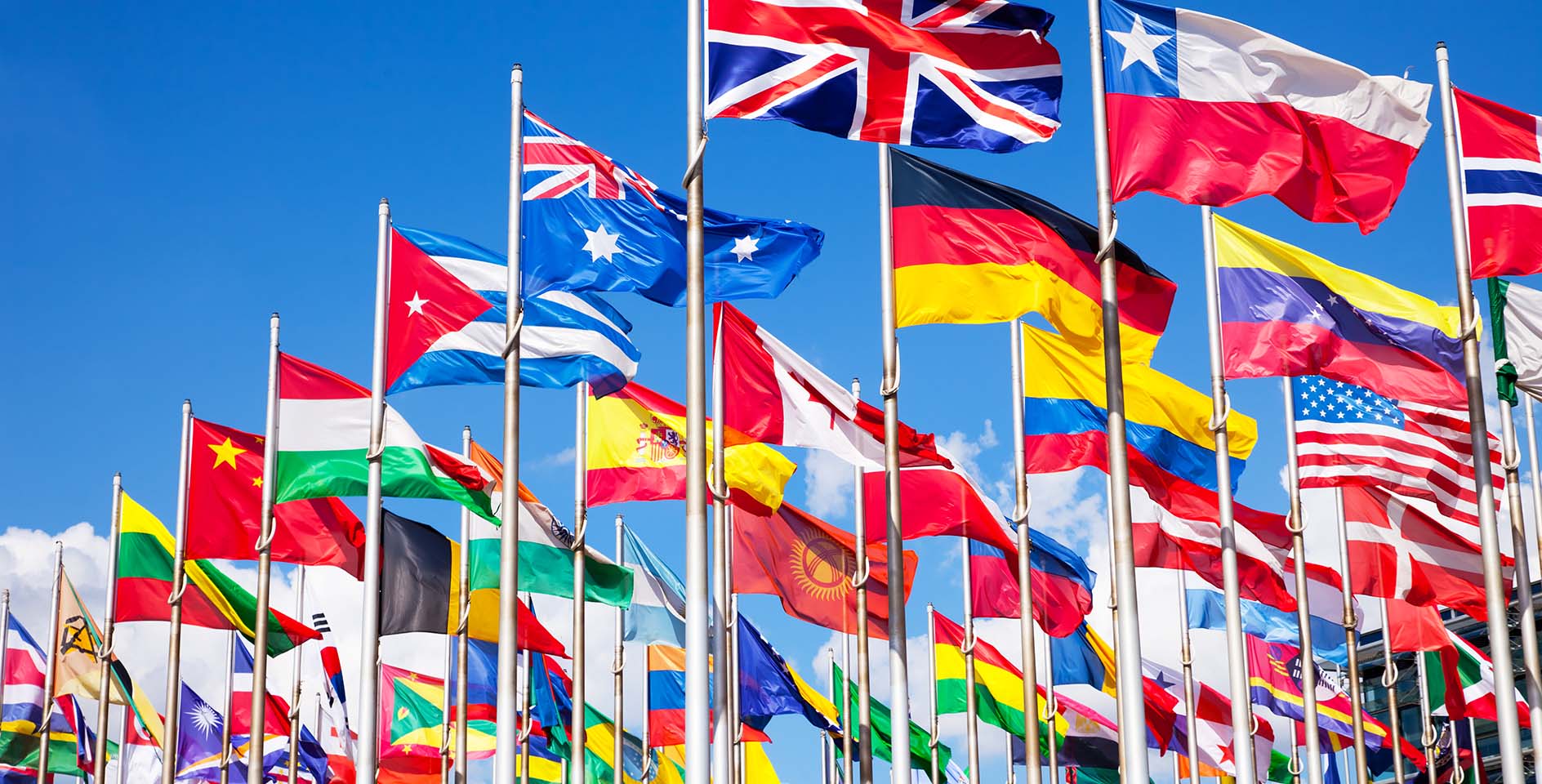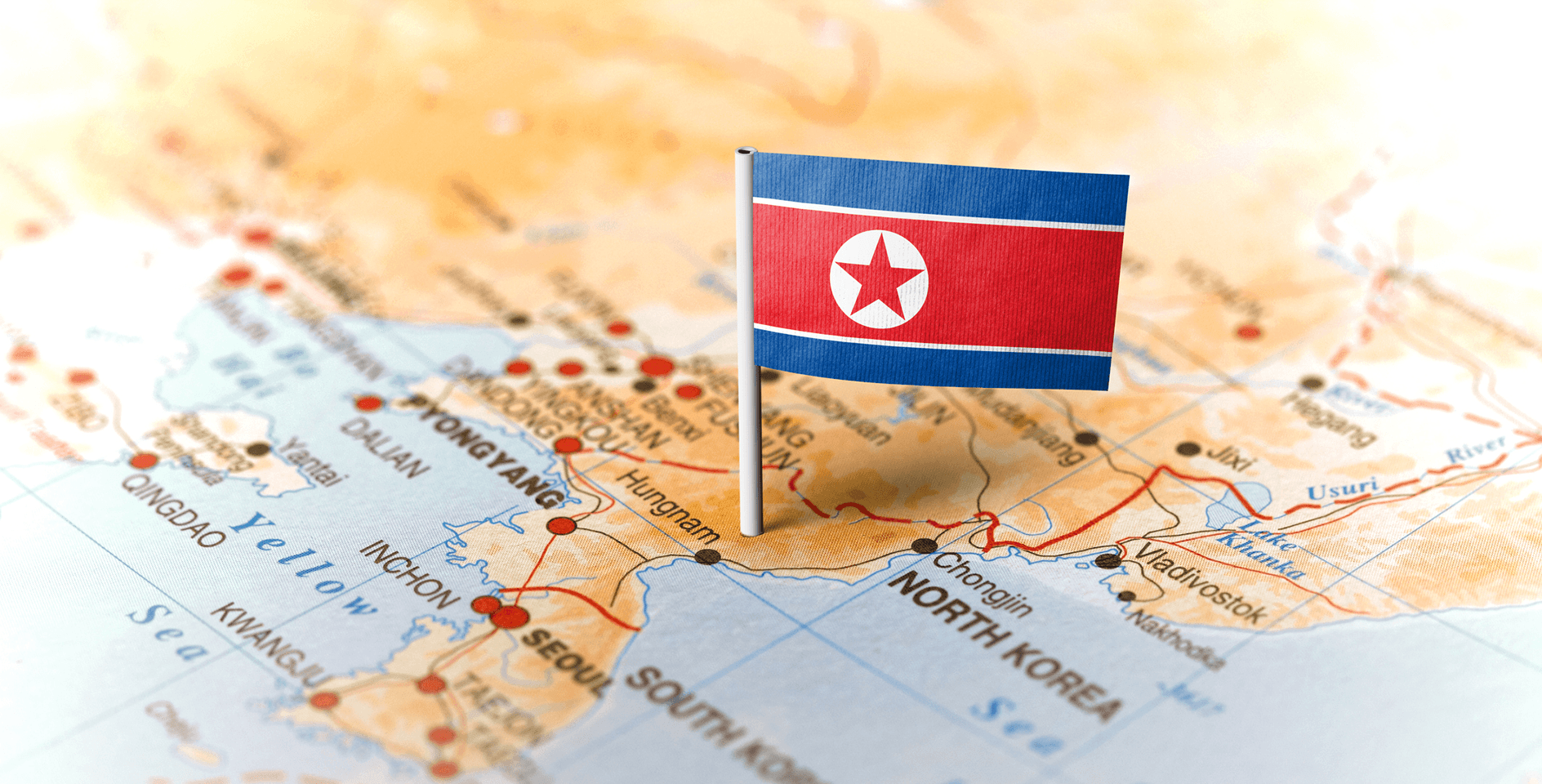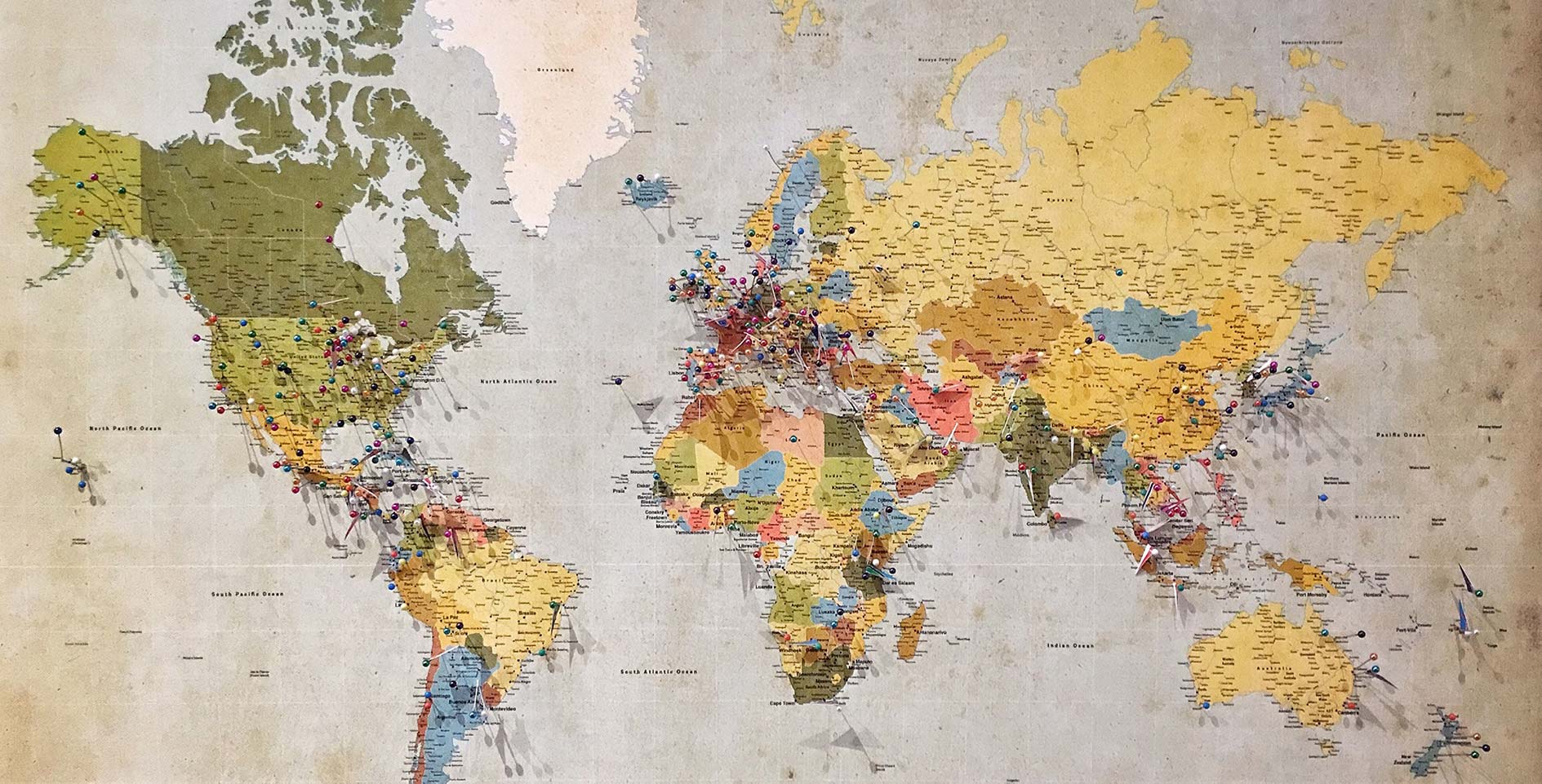Over the past two weeks, tensions between the United States and Iran have escalated to the point of warfare between the two nations. President Trump accused the Iranian government of orchestrating an attack on the U.S. Embassy in Baghdad on New Year’s Eve. This led to the killing of Iranian Gen. Qassem Soleimani on Jan. 3 by a U.S. airstrike, and a counter-response that included Iranian airstrikes against American bases in Iraq.
Here are five facts you should know about the United State’s foremost geopolitical nemesis in the Middle East region:
- Iran is the modern name for the nation that Westerners have historically referred to as Persia. (In 1935, the Iranian government requested those countries which it had diplomatic relations refer to the country as Iran.) As one of the world's oldest continuous major civilizations, the land, empire, and rulers of Persia are frequently mentioned in the Old Testament. The first mention appears in the book of Esther when a Jewish girl becomes the queen to Xerxes I, the “king of the Persians and the Medes.” Cyrus II of Persia (known as Cyrus the Great) is mentioned both in 2 Chronicles and Ezra, and another king, Artaxerxes I of Persia, plays a significant role in the book of Nehemiah. Persian people and rulers are also mentioned in the prophecies of Isaiah, Jeremiah, Ezekial, and Daniel.
- Because of its location, Iran has maintained a geopolitical significance within the Middle East for thousands of years. The country has one of the longest land borders of any country in western Asia, covering 3,662 miles in length—almost twice the perimeter of Texas. Seven countries share a land border with Iran: Iraq, Turkmenistan, Afghanistan, Pakistan, Turkey, Armenia, and Azerbaijan. Additionally, Iran is directly across the Perisan Gulf from Kuwait, Saudia Arabia, Bahrain, United Arab Emirates, and Qatar, and across the Gulf of Oman from the nation of Oman. At the narrowest point in the Persian Gulf, the Strait of Hormuz, Iran is only 35 miles from the United Arab Emirates. Because the Persian Gulf and its coastal areas are the world’s largest single source of crude oil, Iran has been a major focus of strategic consideration for almost every country on the planet.
- According to the Acts of the Apostles, the people from Iran (Persians, Parthians and Medes) were among the very first new Christian converts at Pentecost (Acts 2:9). However, despite the early presence in the region, Christianity has remained a minority religion relative to the majority state religions—Zoroastrianism before the Islamic conquest, Sunni Islam in the Middle Ages, and Shia Islam in modern times. Currently, currently around 90–95% of Iranians associate themselves with the Shia branch of Islam, and 5–10% with the Sunni and Sufi branches of Islam. But over the last 20 years, more Iranians have become Christians than in the previous 13 centuries combined since Islam came to Iran. As Mark Howard notes, in 1979, there were an estimated 500 Christians from a Muslim background in Iran, while today there are hundreds of thousands.
- From 1925 until 1979, Iran was ruled by the Pahlavi dynasty, a royal family consisting of the father, Reza Pahlavi, and his son, Mohammad Reza Pahlavi. Reza Pahlavi, a general in Iran's military force, successfully overthrew the government and declared himself king (shah). During his reign, Reza attempted to modernize the country and develop it into an industrial, urbanized nation. Mohammad Reza continued his father’s reforms, including implementing land reform, extending voting rights to women, and eliminating illiteracy. These actions, while lauded by the West, sparked civil unrest within Iran because of the brutal efforts at implementation. The Shah also drew the ire of Muslim religious leaders who opposed his attempts at secularization. His unpopularity within Iran lead to the collapse of his government in the Iranian Revolution of 1978 and 1979.
- In the last days of March 1979, a nationwide referendum resulted in the establishment of an Islamic Republic within Iran. A formerly exiled Muslic cleric who had led the Iranian Revolution, Ruhollah Khomeini, proclaimed April 1, 1979, as the "first day of God's government.” Khomeini adopted the title of "Imam" and soon after became Supreme Leader, making him both the highest-ranking political and religious authority in the nation. (The Supreme Leader ranks above the President of Iran and personally appoints the heads of the military, the government, and the judiciary.) In October 1979, the United States allowed the deposed Shah into the country for cancer treatment. The Carter administration snubbed Khomeini and leftist groups demands that the Shah be returned to Iran for trial and execution. A few days later, a group of Iranian college students—with Khomeini’s blessing—took control of the American Embassy in Tehran, holding 52 embassy staff hostage for 444 days. When Khomeini died in 1989, he was succeeded as Supreme Leader by Ali Khamenei.









